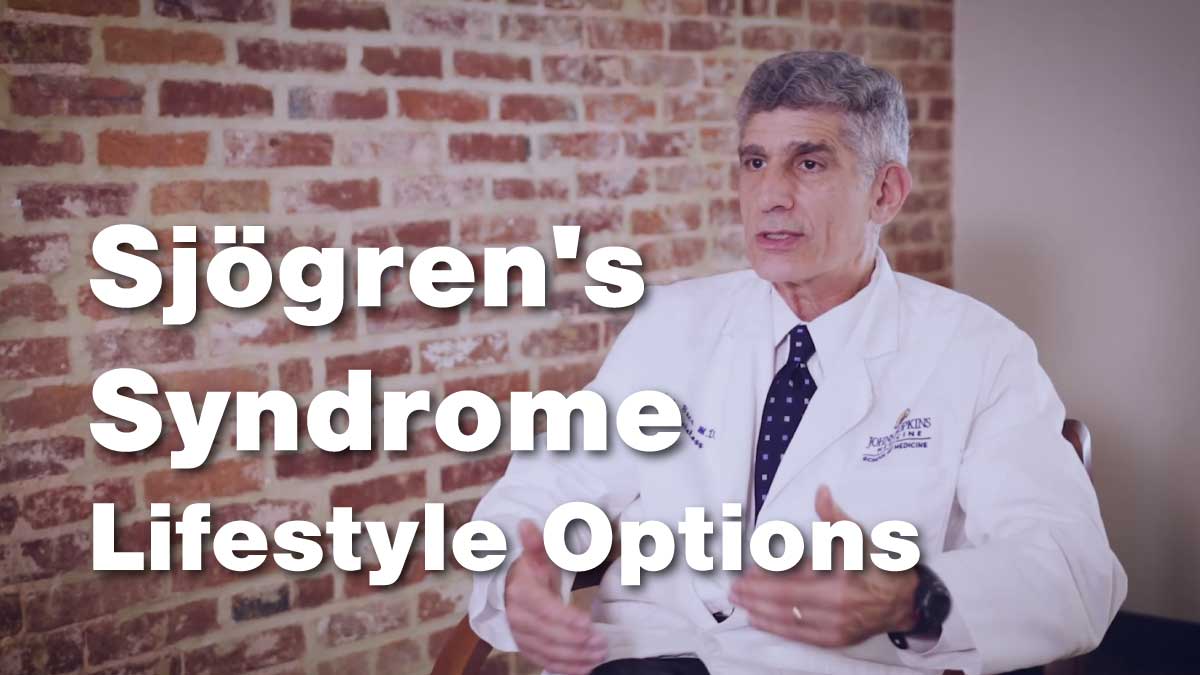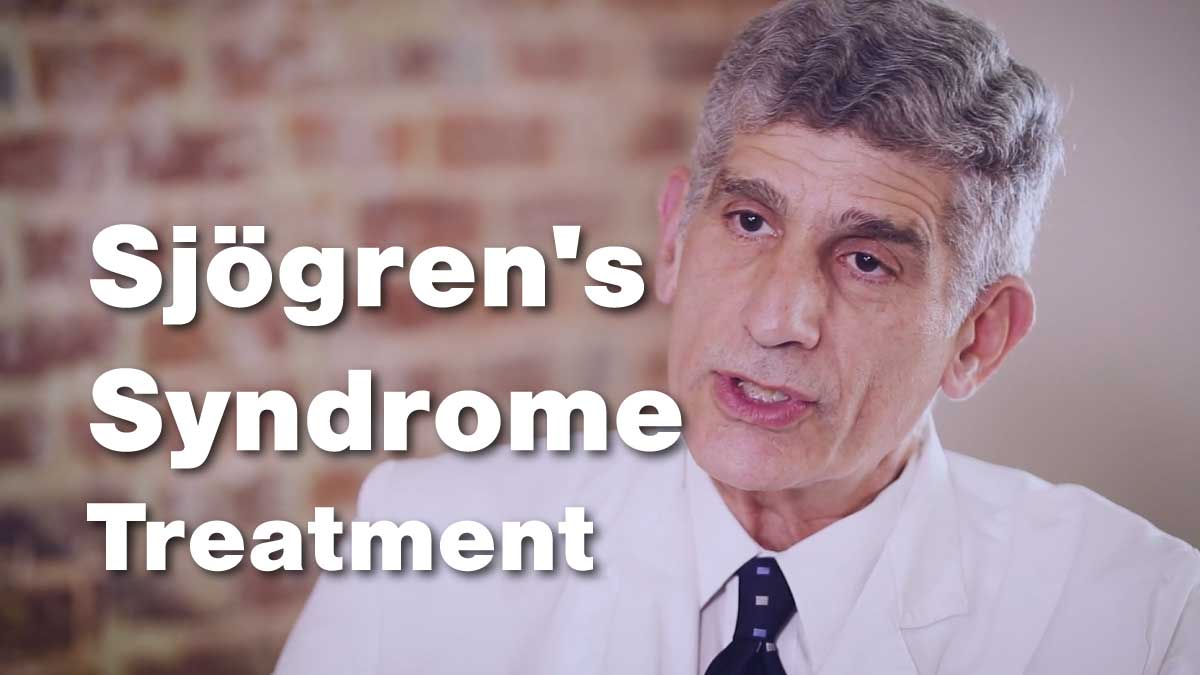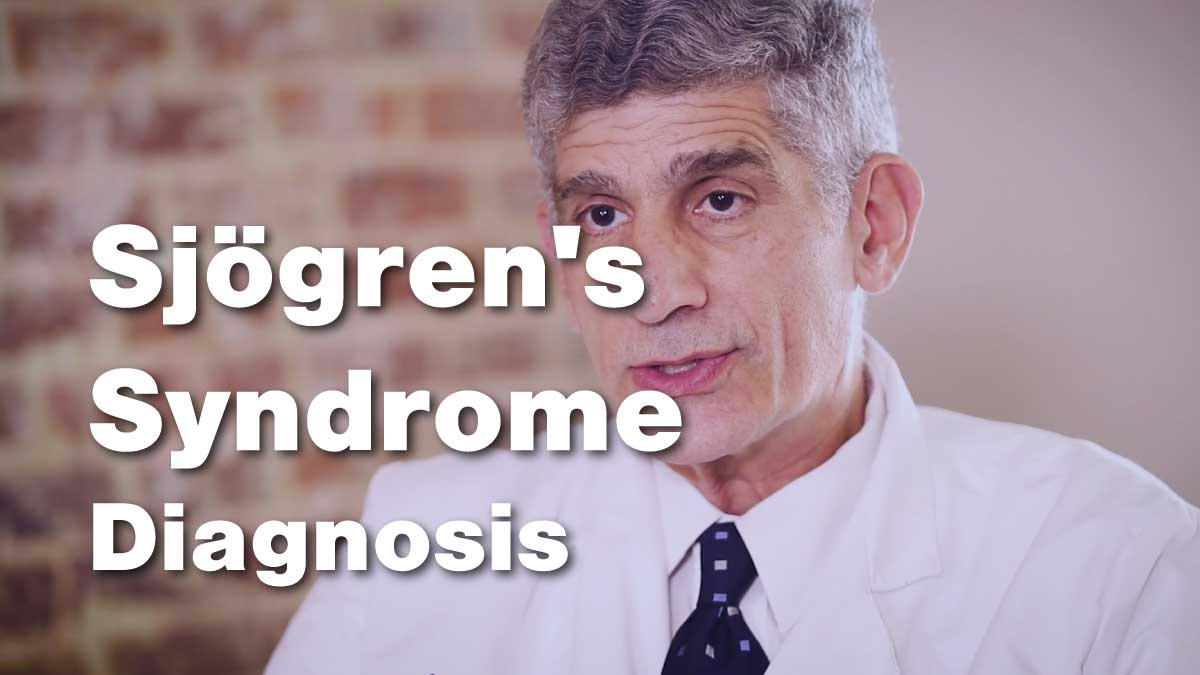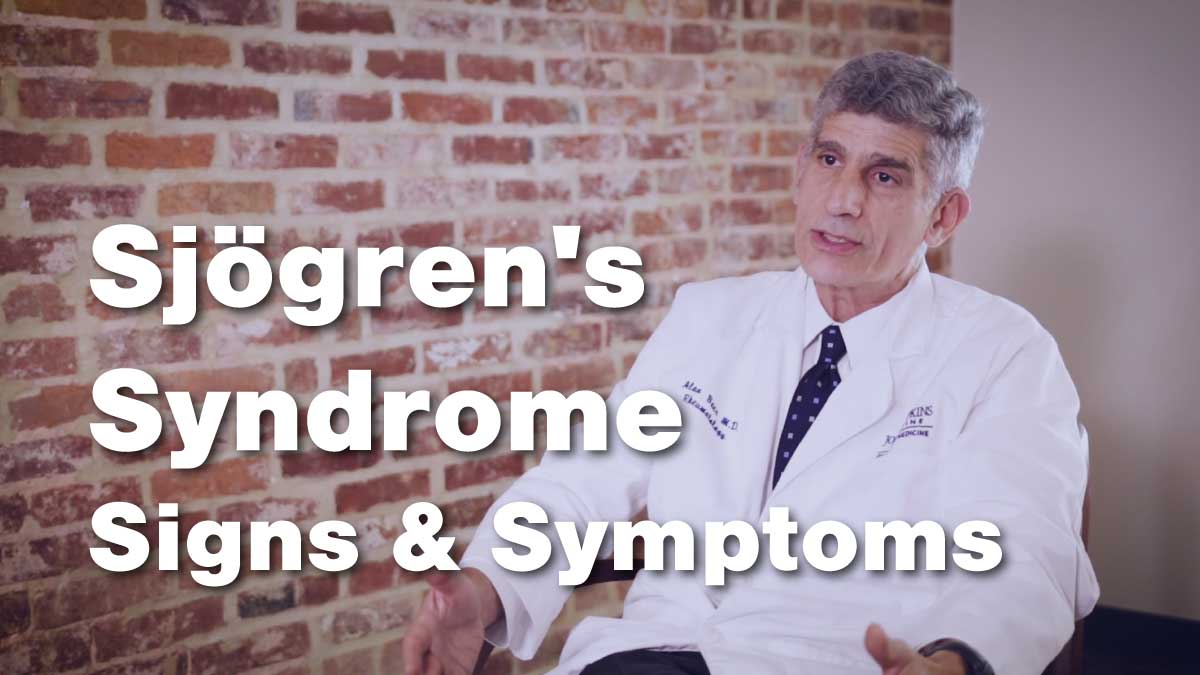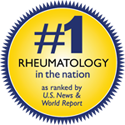
The onset of Rheumatoid Arthritis is very gradual. Often the symptoms are worse in the morning and improve as the day goes on. Because of inflammation, many patents experience restlessness at night and can have flu-like fatigue, fevers, and aches. In this video, Dr. Uzma Haque, a physician at the Johns Hopkins Arthritis Center, discusses the signs and symptoms of Rheumatoid Arthritis.

